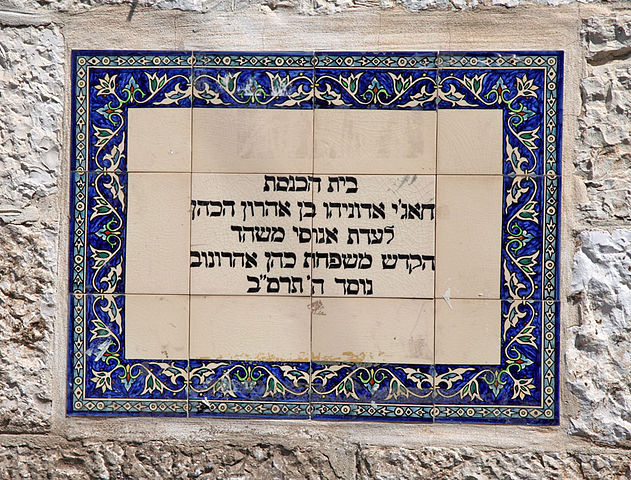
March 27 1839 – Nissan 12 5599
Mashhad, Iran
Increasing social tensions and resentment by Shiite Muslims of the Jewish inhabitants of Mashhad’s Eydgah ghetto, culminated in an explosive event. A blood libel on the commemoration day of a holy Muslim Imam led to a pogrom where thirty-six Jews of the 400 members of the community were murdered and their homes looted. Those who remained had to choose between death and conversion to Islam, and many of them chose to live in Mashhad as priests and secretly kept a Jewish way of life. They took advantage of the Muslim law forbidding a man to look at the wife of a man, and the women of the community hid sacred artifacts and kosher slaughtered meat under the chador that every woman had to wear. In 1906, the “new Muslims” were given the opportunity to return to Judaism.
In Jerusalem, a street is named after the forced converts of Mashhad in the Armon Hanatziv neighborhood, and members of the community established several synagogues in memory of this tragic period in the history of Iranian Jews.
